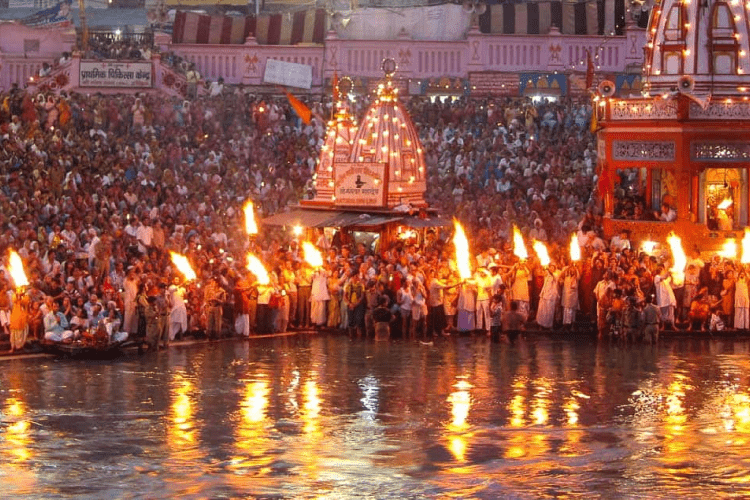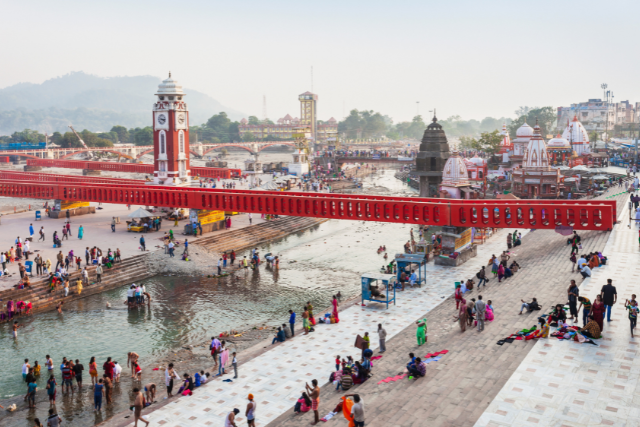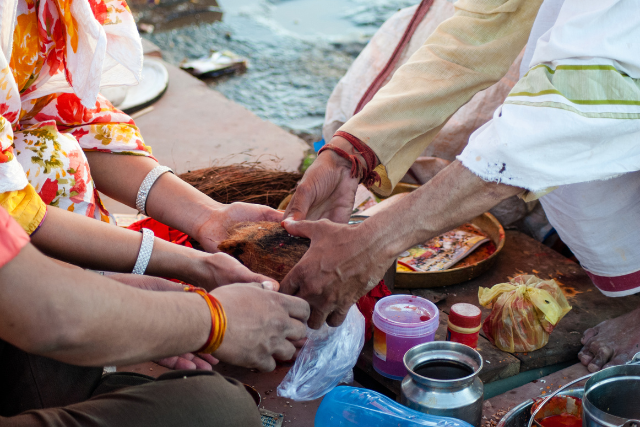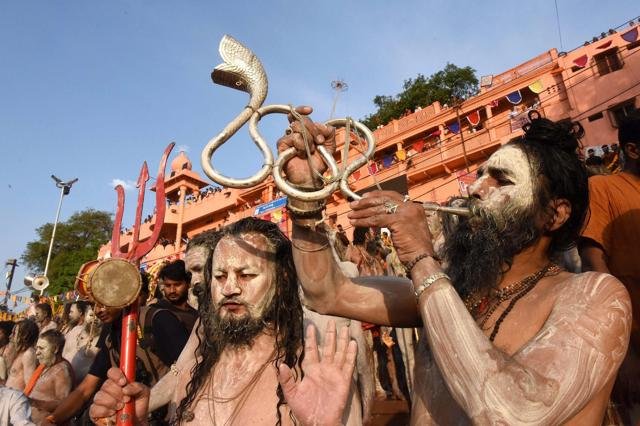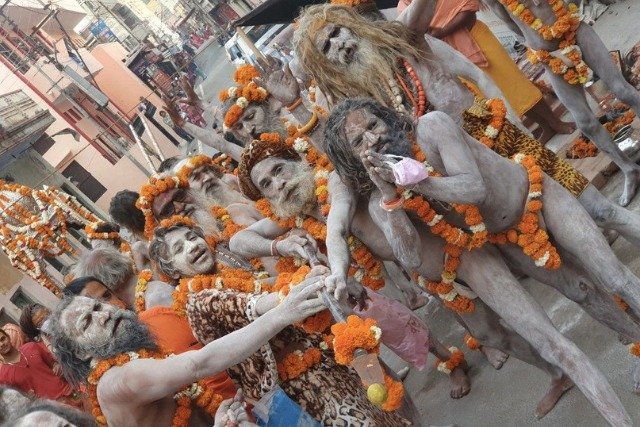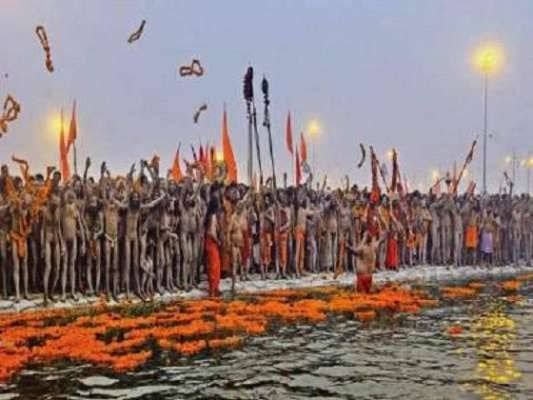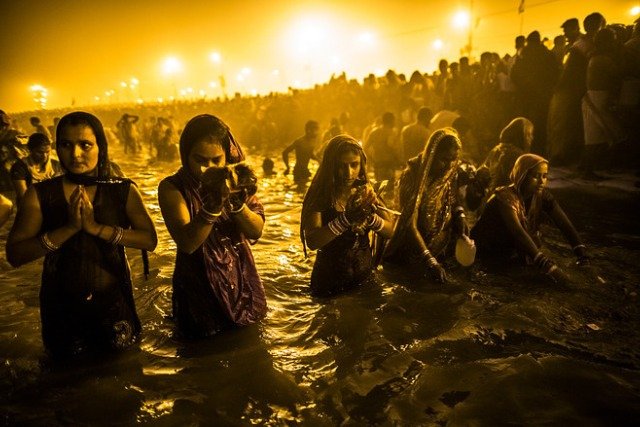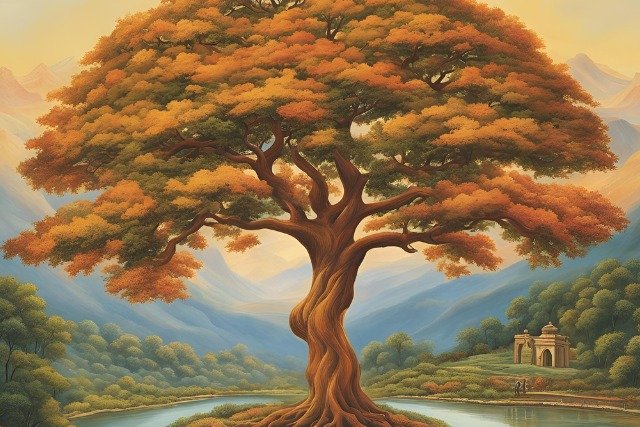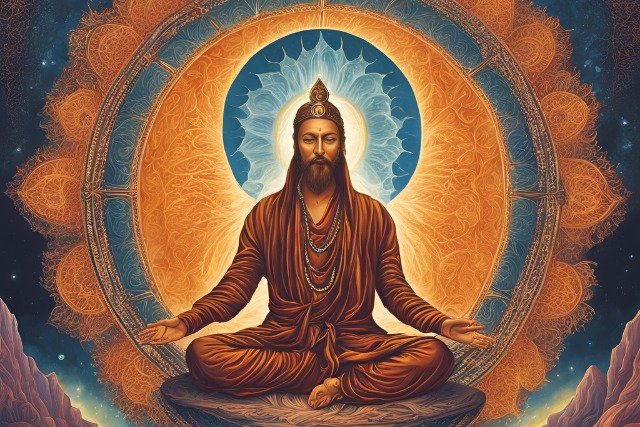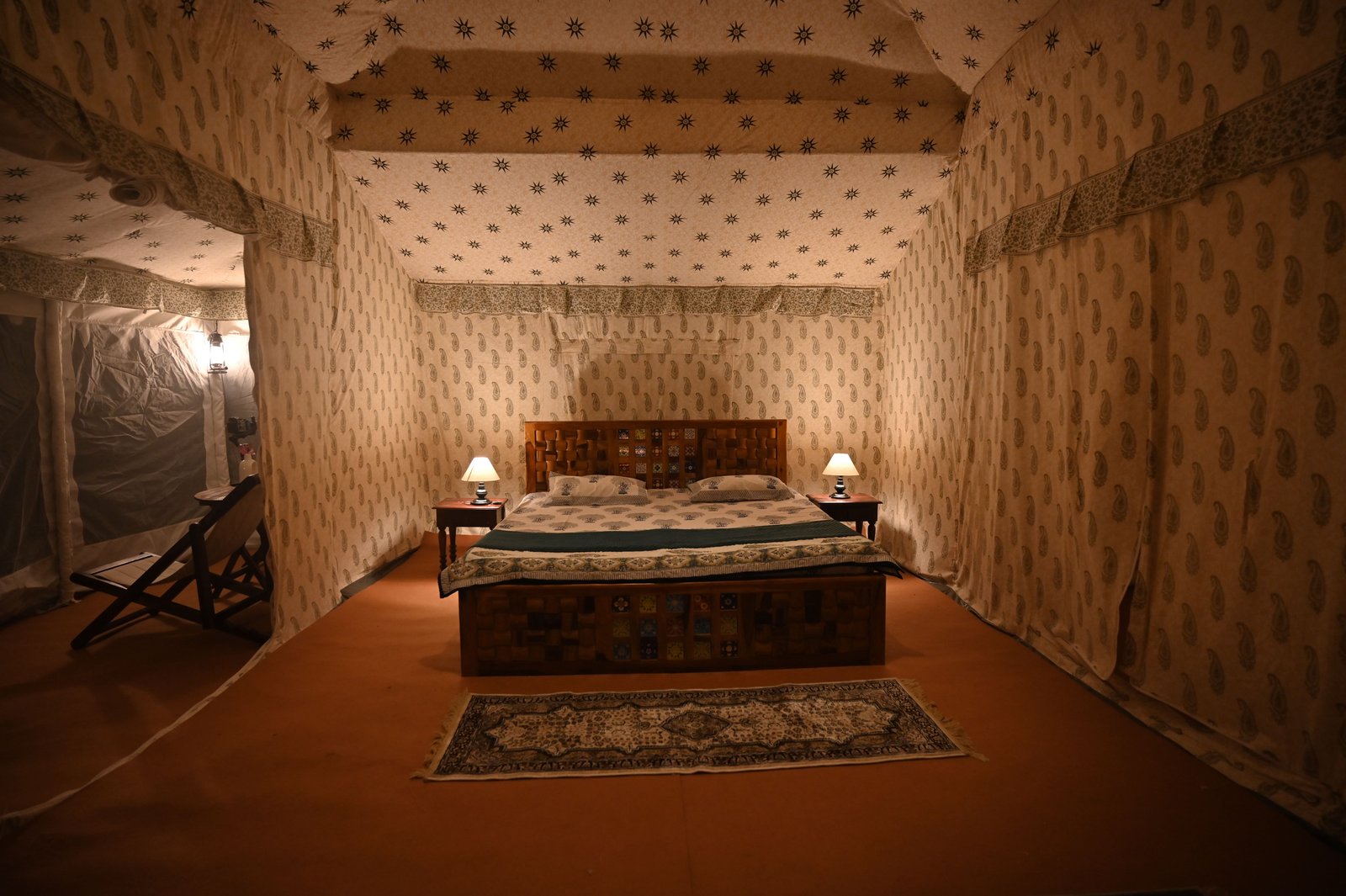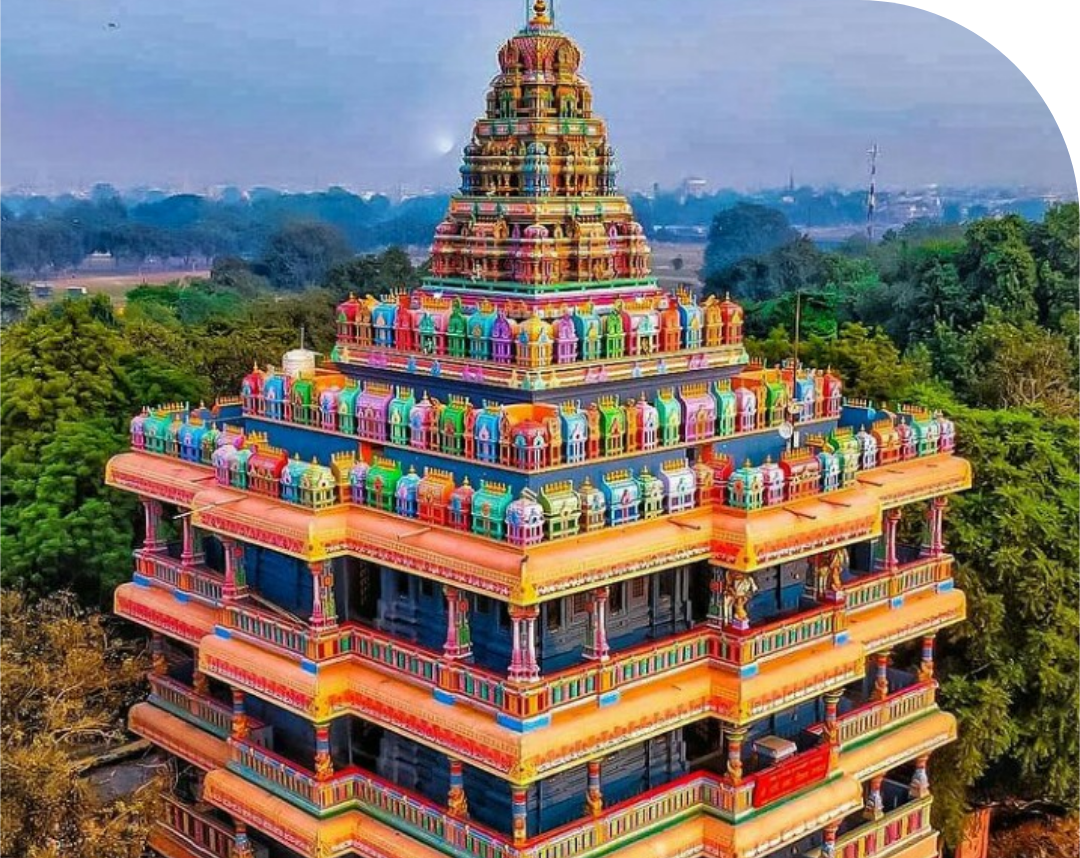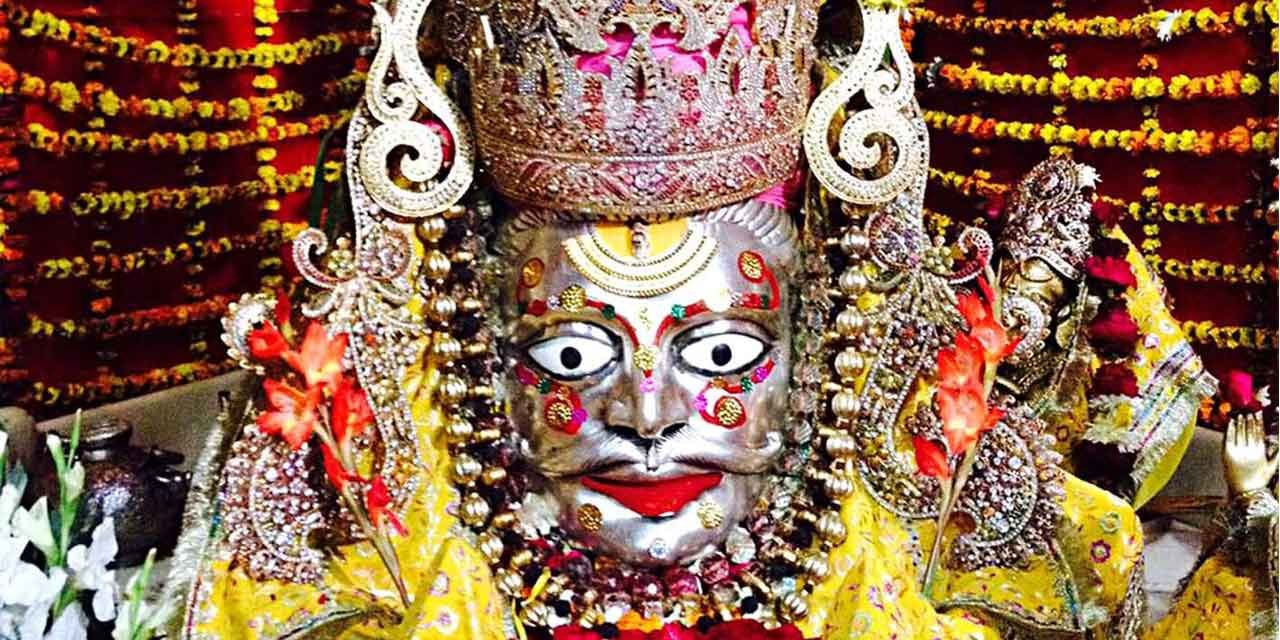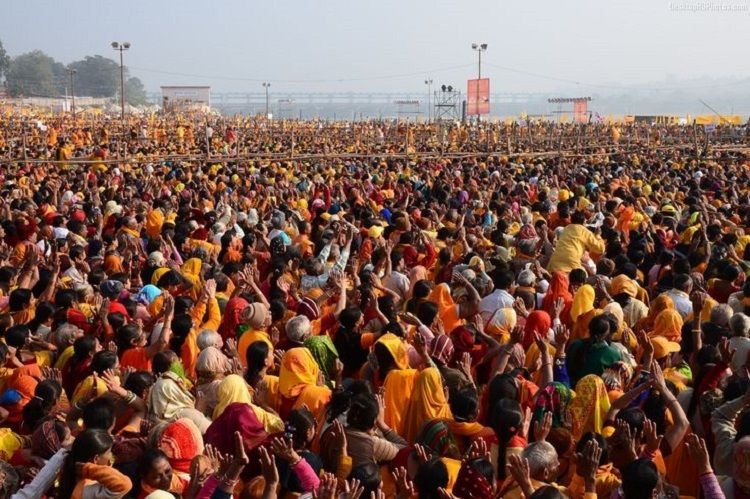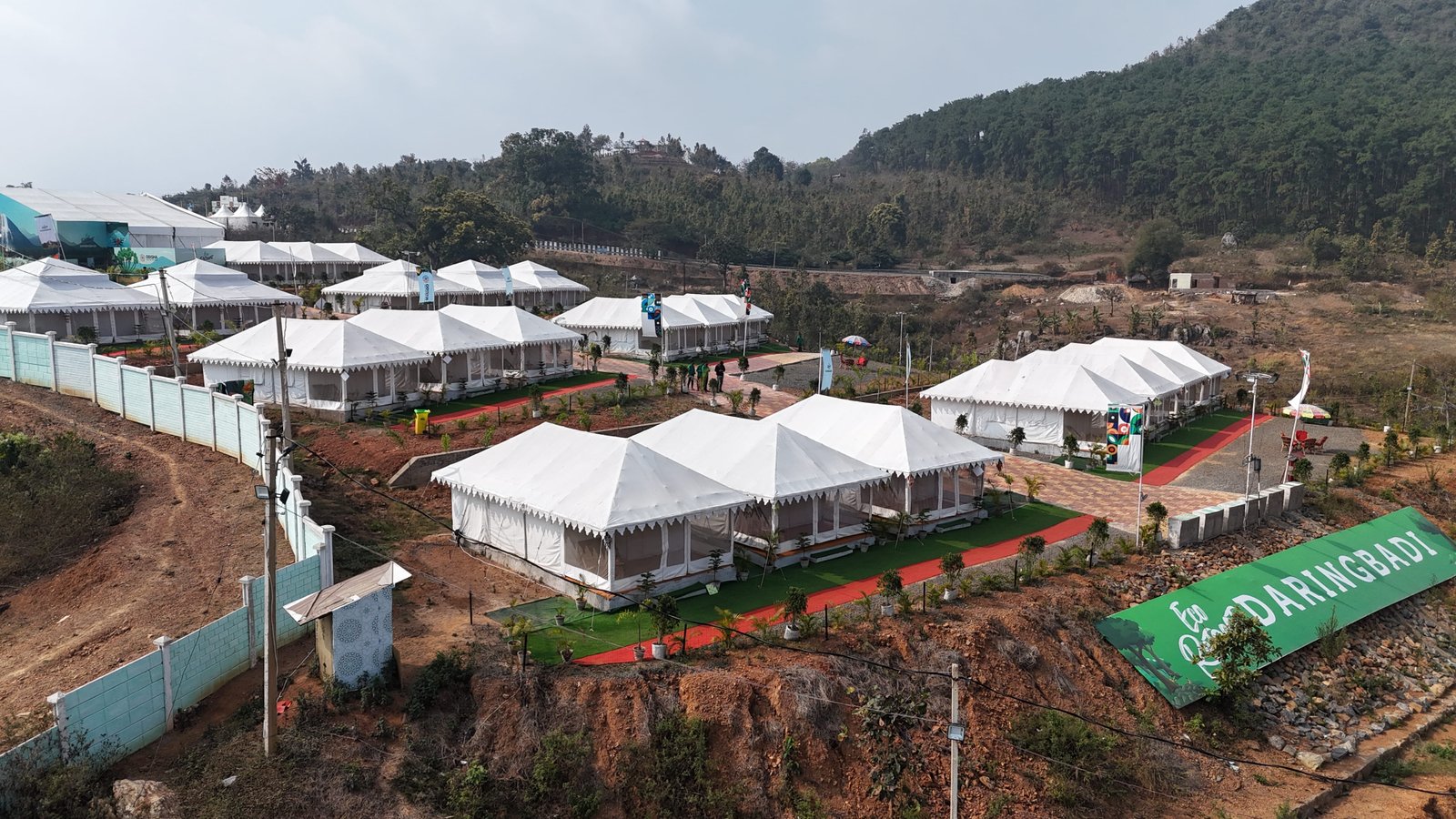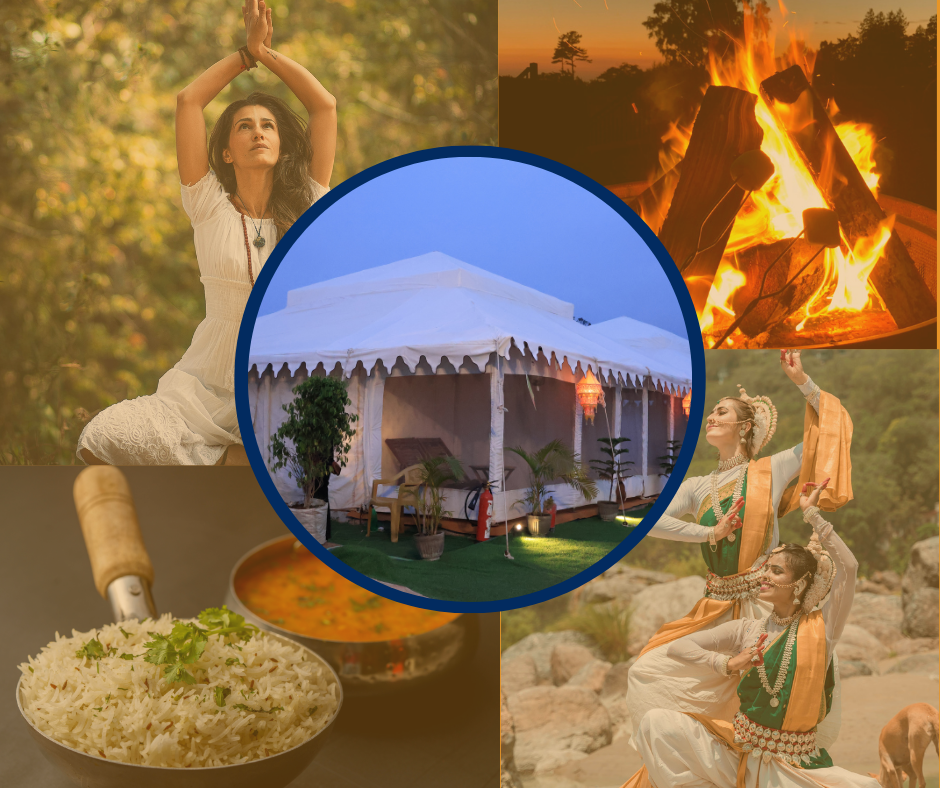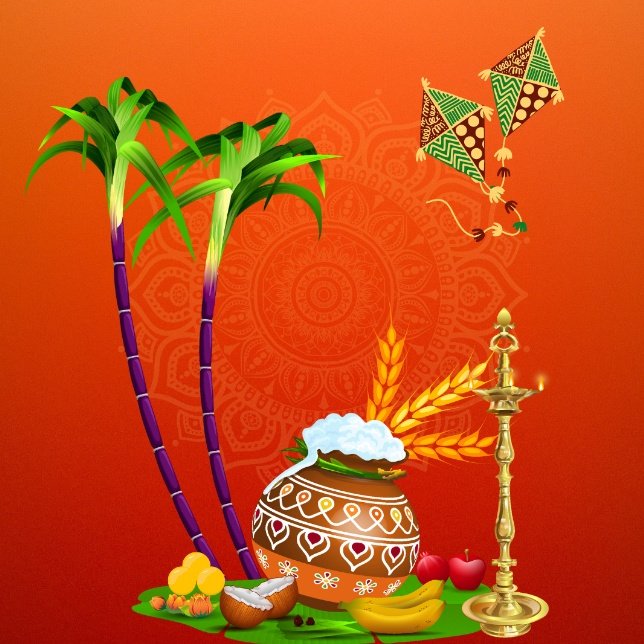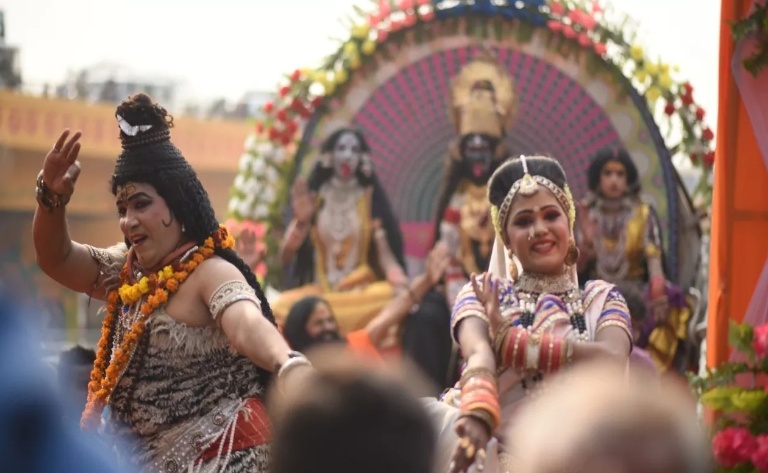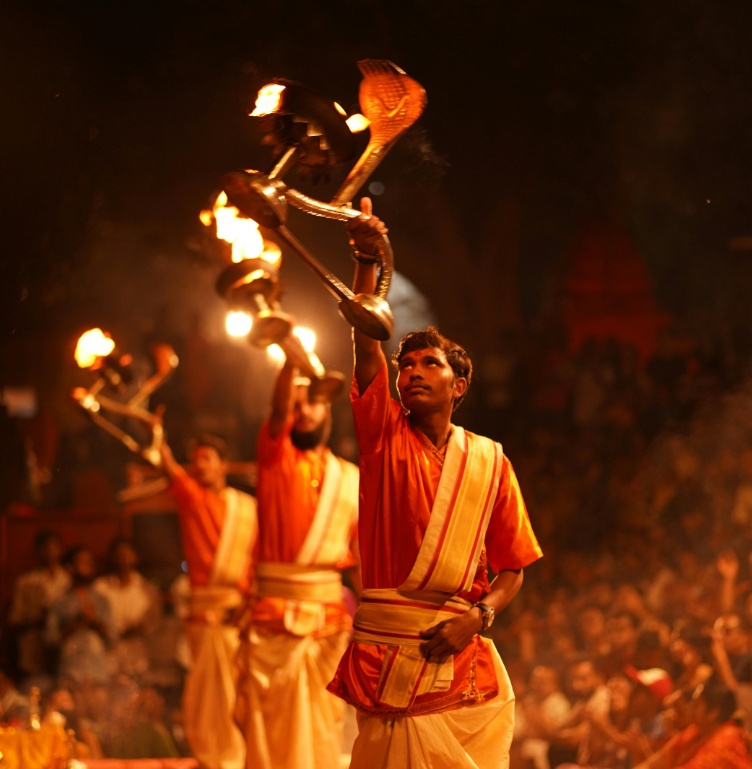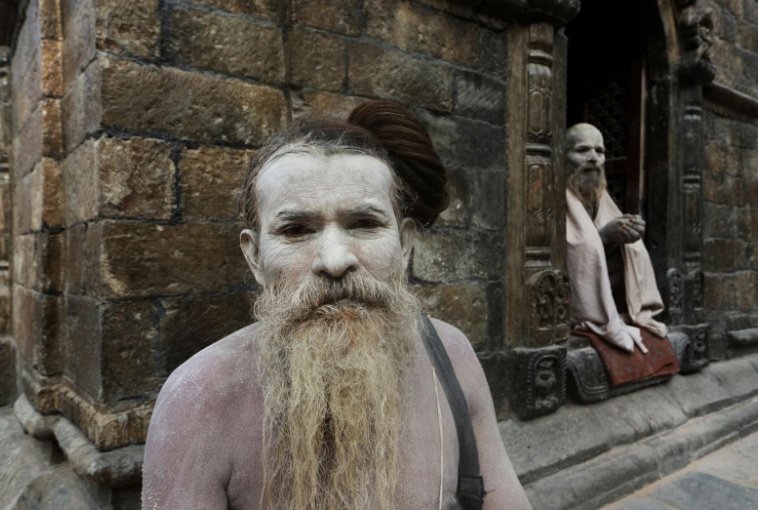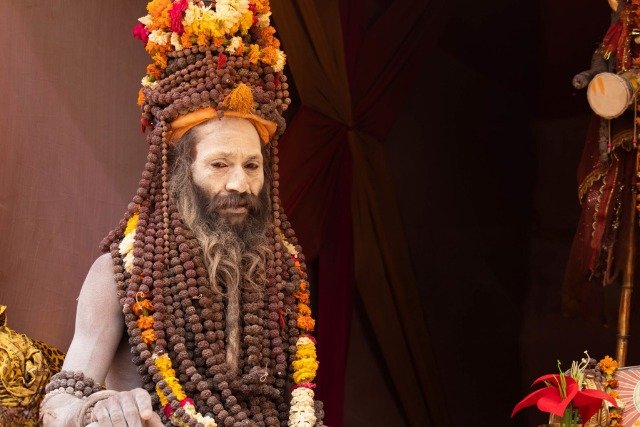
Author : Admin
The largest gathering in the world is going to take place in 2025 at Kumbh Mela. As the festive season knocks on the door, people across the globe are fevered with unmeasured energy, enthusiasm, and excitement. Prayagraj is part of the land home to rich narratives; this place is blessed with divinity and a heavenly union of beliefs. To mark the celebration, devotees practice several rituals at Kumbh Mela which are deeply associated with Hindu tradition.
In this blog, we will be giving a bigger picture of one of such spiritual scenes - Shaiva Akharas. We will be discussing in depth their origin, history, and significance in the Kumbh Mela that truly makes the festive season stand apart.
History of the Akhara System in Kumbh Mela
The term ‘Akhara’ is derived from the Sanskrit word ‘Akhand.’ It literally means an organization or wrestling area in relation to the training halls. This practice was started in the 8th century AD by Adi Shankaracharya. He was an Indian Vedic scholar renowned for his philosophy, Advaita Vedanta. His writings on knowledge of the identity of the Self (Ātman) and Brahman heavily influenced the Akhara system. He vehemently opposed the rising of new religions called Jainism and Buddhism, which were considered intruders to destroy the Hindu religion. And that's where the Akhara system was introduced to formulate and steal a march ahead for Hinduism. It is also how monks renounce the world and conduct discussions in order to save Sanatan Dharma.
Also Check: - Allahabad kumbh mela tent
Types of Akharas:
As the discussions among monks delve deeper and extend with certain beliefs, new sects kept growing that uphold different ideologies. Previously, there were three types of Akharas, which are now extended up to 13 types. But the three main types of Akharas are:
Shaiva
Vaishnav
Udasin
Each of these akharas is again divided into sub-parts.
Here, we will be discussing Shaiva Akharas in detail and the role they play in the cultural tradition of Kumbh Mela.
Also Check: - luxury tents
Who is Shaiva?
In Hinduism, the beliefs and dialogues are so extensive that have given birth to different traditions. Shaivism is one of those Hindu traditions that constitute the majority of practitioners. People who follow this tradition are called Shaivas or Shaivites. Shaivism is the practice of worshiping Shiva and considering him as ‘the creator of the world.’
Over the years, this tradition developed certain sub-traditions that are different from each other but still similar in certain aspects. However, this tradition emphasizes living an ascetic life, encouraging the practice of Yoga and the belief that Shiva resides within the person. Interestingly, Shaiva buries their body instead of cremating as burying is considered the way to reunite with Shiva in heaven.
Also Check: - kumbh mela stay
What is Shaiva Akharas?
As the name suggests, Shaiva Akharas has Shaivism as its bedrock. It heavily depends on the traditions and practices of Shaivism. Through Akhada, they try to propagate the values of Shaivism and preach about its practices.
To disseminate the teachings of Shaivism, this akhara has its structural organization, which works in the following way:
Structure and Organization:
Shaiva Akharas are well-formed, and there is one spiritual leader called Acharya who rules them. The akhara consists of sadhus and sanyasis, who follow the rules of Acharya and practice yoga, meditation, and spiritual disciplines.
There are seven primary Shaiva Akharas, known as the Sapt Akhara. These include:
Mahanirvani Akhara: It has a heritage of 10000 years and was founded in 748CE. They are the spiritual script bearers called Shashtradhari. They perform intense spiritual discipline.
Atal Akhara: This group of akhada is closely associated with Mahanirvani akhada. During shahi snan, the Atal akhada participates in the procession of a ritual bath with Mahaniranjani Akhara. They worship lord Ganesha.
Juna Akhara: Juna Akhara is one of the oldest and most famous of all akharas. It is derived from the Sanskrit word ’jyestha’, which means elder or senior. They usually preach martial arts to sadhus in order to protect the Hindu pilgrimage centre. This akhada consists of naga sadhus who are appointed during Kumbh and Mahakumbh Mela.
Agni Akhara: This akhada majorly consists of Brahmins who are obligated to wear janau, a sacred thread; unlike Shaiva akharas, they do not consume intoxicants and practice fire rituals. They worship Maa Gayathri.
Anand Akhara: This akhara is almost on the verge of disappearing and is run by Sadhus in Kashi. Anand Akhara worships Suryanarayana as their presiding deity.
Awahan Akhara: It was formulated during 547 CE and deity worshiped are Sri Dattaray and Gajanan.
Significance of Shaiva Akharas:
The existence of Akharas traces back to old times in Indian history. Throughout the years, they have developed certain roles for the well-being of Hinduism. Here are the following roles they play which make their presence important in Kumbh Mela:
Preservation of Sanatan dharma: Akharas in India started with the motive to preserve Sanatan dharma. An effort that is still going on. Sanatan dharma is an alternative word used to refer to Hinduism. It means a set of religious duties and practices to ordain all classes and sects.
To maintain social order: By electing Acharyas for each akhara, Adi Shankaracharya had the aim to maintain the social order in society. By having such a setting, he wanted someone to exercise power in the society so that the cultural values of Hinduism are preserved.
Preserve the cultural values: Akharas set up educational institutions to teach Hindu scriptures, and institutions to teach yoga, meditations, and forms of martial arts. Kumbh Mela makes it accessible to reach out to forms of Akharas and practice the Hindu tradition.
Facilitates spiritual dialogue: Festivals like Kumbh Mela become a good source for a layman to connect with sadhus and saints who inculcate deeper Hinduism values. It also opens the door for a person to infuse meaningful conversations to know more about the traditions.
Shaiva akharas, by leaving the life of luxury behind, had set a standard that is difficult to achieve. People practicing the akhara system have left their comfort in order to save the dharma. Through Kumbh Mela, sadhus and saints of Akharas not only narrate the rich culture of Hinduism but also the true essence of rituals at Kumbh Mela. It is said that Kumbh Mela is the only window to get a glimpse of naga sadhus, who are a major part of Shaiva akharas. That's one of the great reasons why one shouldn't miss the Kumbh Mela in Prayagraj 2025.
If you are one of those devotees who share immense enthusiasm to trace the roots of Hindu tradition, Kumbh Mela is the gateway to knowing more about major akharas in depth. So fasten your seatbelts and pack your bags to traverse a spiritual journey at Kumbh Mela 2025. Book yourself a comfortable accommodation in just a click.
